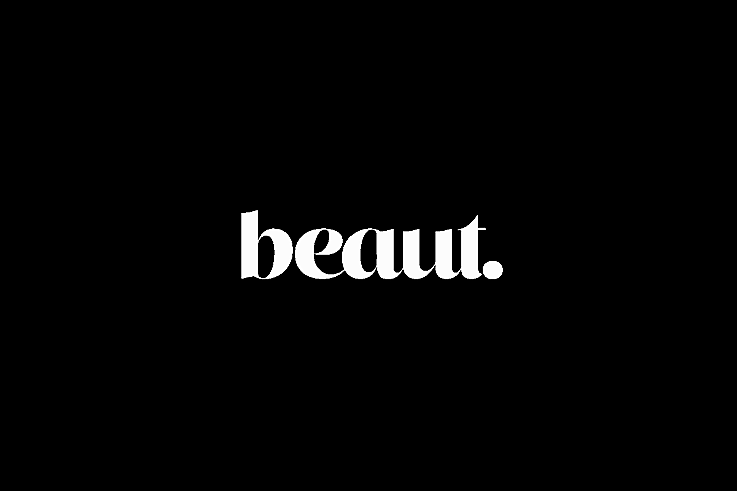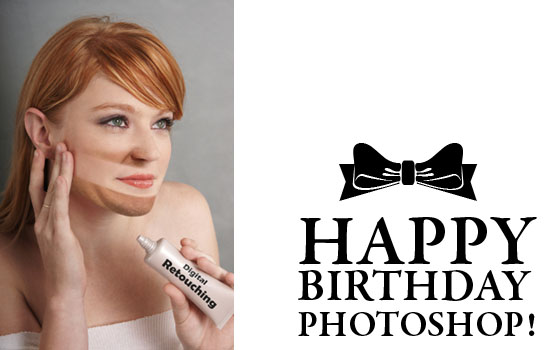

Did you know that Photoshop has emerged from the awkward teenage years and turned 20 last month? Yep, while it seems hard to believe that it's been around for so long Adobe's flagship image editing software is now pretty much standard kit when it comes to picture manipulation. And even if other programs are used to edit photos, photoshopping is still the colloquial slang used to describe any form of photo trickerypokery (which Adobe apparently aren't one bit happy about.)
Now unless you're an enthusiastic amateur photographer or use it for the day job, most of us are probably only really aware of Photoshop and the like when used as a celeb-enhancing tool by the glossies, or when we describe retouched ads as being photoshopped.
Even so, that means we're confronted with digitally perfected faces and bodies and hair on a near daily basis. And while we may be sufficiently media savvy to know that's the case, it seems to me that photoshopped images are part of an escalating trend where nothing short of absolute perfection is permissable. The recent plastic surgery marathon that poor Heidi Montag - an already very pretty girl with an enviable figure - underwent of 10 operations in a single day is surely testament to that.
Of course, the enhancement of images isn't a new phenomenon. Before the advent of all-out photoshopping, there was airbrushing, and even prior to that pictures were being sliced and diced. An iconic photo of Abraham Lincoln that dates to around 1860 is actually a composite of Abe's head and another politician's body.
Ouch.
Advertised
There's an argument that fashion and beauty photography is in the business of fantasy, and that digital alteration as employed by them is simply in the business of making images - and the people therein - look their very best. However, things seems to be going from the sublime to the ridiculous of late, with waists the width of wrists and nary a pore to be seen and eyelashes that reach to the heavens.
Whether you're bothered by it or not, at least the creation of completely aspirational images in an advertising context makes some sense as brands try to encourage consumers to choose their products in a crowded marketplace. And in fairness, most of us are wise to such advertising ploys.
It's the heavy-handed retouching of celebrity photographs and fashion and beauty shoots that seems truly unnecessary and further promotes an unrealistic and absolutely unattainable perception of beauty and body image.
Can models and celebrities - people who make a living from being professionally gorgeous, professional clothes horses or have personal trainers/dedicated facialists/hairdressers/manicurists to whip them into tip-top shape - really need that much fabulizing beyond what good lighting and good make-up can provide?
Advertised
There are those who believe that there's a seriously sinister element to this kind of retouching, that it's actually expressly intended to make women feel bad about themselves and therefore encourage them to buy make-up and skin- and body-care products. The kind of products that might be advertised on other pages within a magazine, if you will. That seems a bit too conspiracy theory for me to subscribe to it - I guess that means my X Files days are well and truly behind me!
So what's your take on retouched photos in glossy magazines? Do you reckon they're ridiculously OTT? Or do you think that we're not such delicate flowers that we can't take a bit of photography make-believe?



